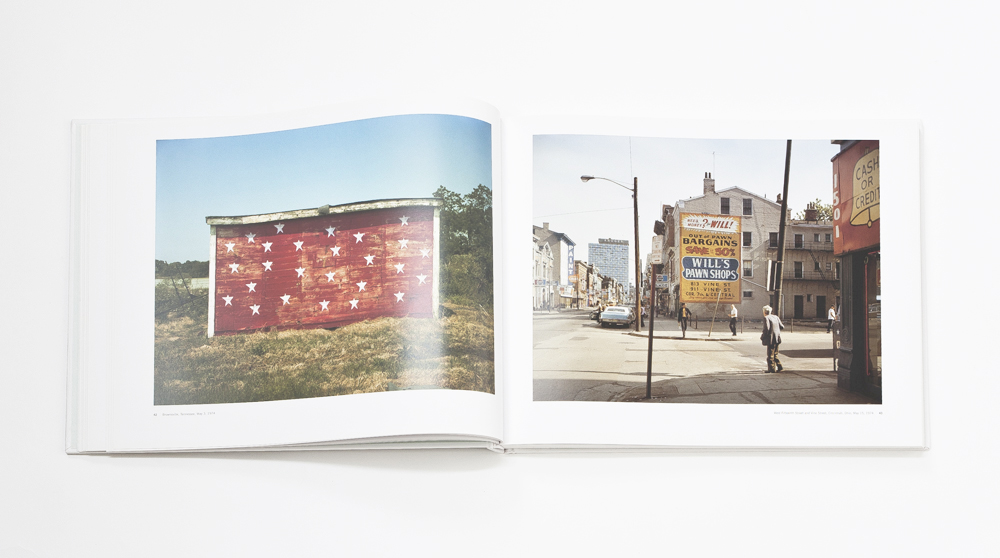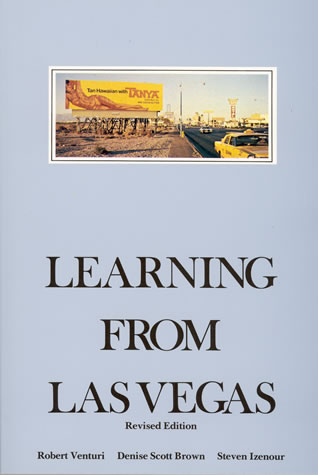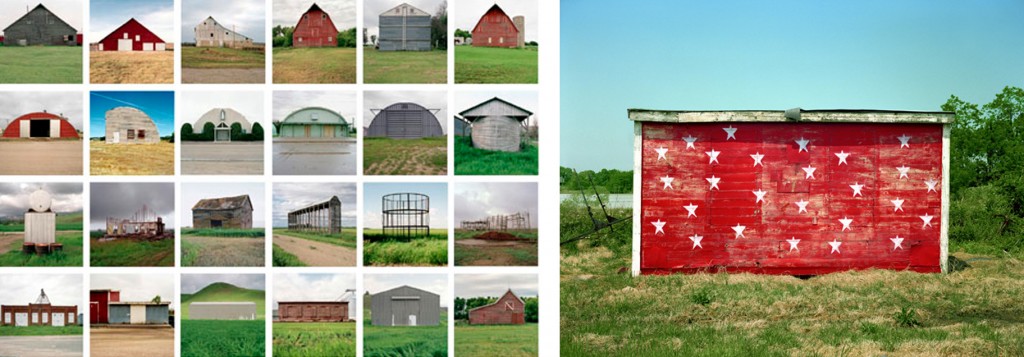 So this year, we have a double celebration. As you may know since 2013, every October 14th, we are celebrating the anniversary of the purchase by the British Museum of the first known photobook: Photographs of British algae. Cyanotype impressions, by Anna Atkins. This first copy is now in the British Library.
So this year, we have a double celebration. As you may know since 2013, every October 14th, we are celebrating the anniversary of the purchase by the British Museum of the first known photobook: Photographs of British algae. Cyanotype impressions, by Anna Atkins. This first copy is now in the British Library.
October 14th was a Saturday in 1843, and the person that wrote this date on the book couldn’t imagine that 174 years later, a bunch of photobook enthusiasts around the globe would remember this small gesture. On this 2017 Photobook Day also falls on Saturday, and what better occasion to celebrate it and toast the creator of this wonderfull publication: Anna Atkins. This will be our motto for this year #AToastToAnna.
We celebrate our passion for photobooks, we rejoice that Anna Atkins bound some cyanotypes, we commemorate every book we have on our shelves, we applaude all the libraries buying photobooks and photozines, we love every person who loves photobooks!
And we’d love you to join us to celebrate this global event by organizing an action related to photobooks in your own city. Spread your love for photobooks around your community. Please share your activities on social media using the hashtag #PhotoBookDay, it will be the best way for everyone in your local community to reach your activity.
On this map see how others celebrate!
As every year, we know there is not much time to organize large events. We can propose some easy activities you can take to celebrate locally this global event:
- Spread the love by sharing something you think someone will like, not something you think they should like.
- Post a #PhotoBookDay Selfie or a Shelfie on social media: an image with you and your current favourite photobook.
- Ask your local library to buy local self-published photobooks and photozines, we are sure you can give them some ideas.
- If you are in charge of a library, consider purchasing and supporting self-pulished photobooks and photozines on this special day, and mark your book record with a special note to PhotoBookDay.
- Buy a photobook. Many bookshops and publishers will make special discounts for the day. Follow your favourite bookshops on social media or search for #PhotoBookDay for offers and discounts.
- If you make or sell books, offer your customers discounts or some special goodies. If you run a bookshop a special 5% discount, or free shipping costs, will make your clients happy. Don’t forget to announce it with #PhotoBookDay on your usual social media channels.
- Search for a PhotoBook Club in your city to meet with like minded people and share photobooks. If there is no one, PhotoBookDay can be a good day to start one. We’ll make a list with activities organized by clubs all around the globe.
- Discuss your love of photobooks via the twitter hashtag #PhotoBookDay. Or on instagram, too.
Use the image of the 5th anniversary stamp with the profile of Anna Atkins with lots of her seaweed on her head, that you will find on this site, to add to your visuals. And please, tell us what you did for World PhotoBook Day 2017. We hope we all have fun this day with photobooks.
Organise! Participate! Celebrate! The World Photobook Day has been set up as a collaboration between the organizers of Photobook Club Madrid and Matt Johnston. Celebrating the photobook, born in 1843.
Best,
Juan Barte
Juan Cires
Bonifacio Barrio Hijosa
Matt Johnston








































